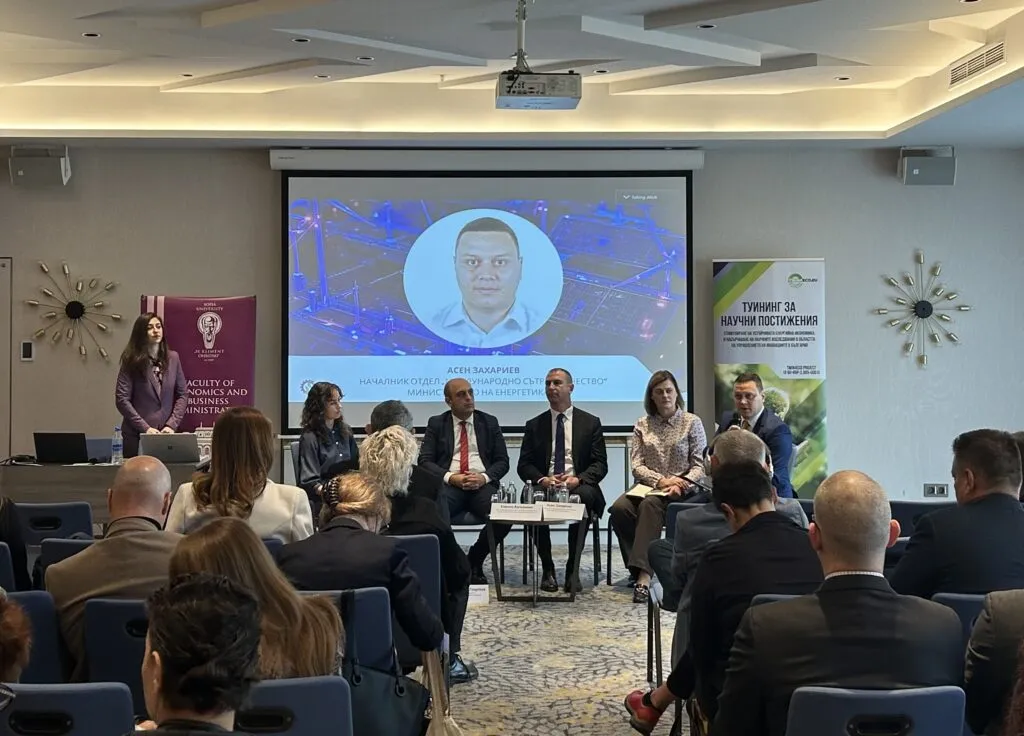In the realm of fluid dynamics and material science, a recent study published in the Journal of Colloid and Interface Science Open (JCIS Open) by Krassimir D. Danov from the Department of Chemical & Pharmaceutical Engineering at Sofia University, has shed new light on the behavior of linear wormlike micellar solutions (WMSs). These solutions, which exhibit unique rheological properties, are of significant interest to industries ranging from cosmetics to energy, where their flow characteristics can impact product performance and efficiency.
Danov’s research delves into the shear rheology of WMSs, employing both Poisson renewal (PRM) and shuffling (SFM) models to describe their behavior. “For low shear strains and rates of strains, the micellar solutions behave as a Maxwellian body with constant elasticity and viscosity,” Danov explains. This finding is crucial for understanding how these solutions respond to different mechanical stresses, which is essential for their practical applications.
The study involved three independent rheological tests applied to WMSs with varying zero-shear viscosities. These tests helped obtain key model parameters such as elasticity, viscosity, relaxation, breaking, and reptation times. Danov’s work shows that the PRM and SFM models can predict identical dependencies of the dynamic storage and loss moduli on the frequency of oscillations, a finding that has significant implications for the energy sector.
In the energy sector, WMSs are used in enhanced oil recovery (EOR) processes, where their unique rheological properties can improve the efficiency of oil extraction. Understanding how these solutions behave under different conditions can lead to more effective EOR techniques, ultimately increasing oil production and reducing costs. “The theoretical findings and conclusions are confirmed experimentally and illustrate the self-consistency of the used rheological regimes,” Danov notes, highlighting the practical relevance of his research.
The study also tested the applicability of the Vasquez–Cook–McKinley and the single-mode Oldroyd 8-constant models to describe the rheological behavior of WMSs. These models are widely used in industry, and their validation for WMSs can provide more accurate predictions of fluid behavior in real-world applications.
Danov’s research not only advances our fundamental understanding of WMSs but also paves the way for future developments in the field. By providing a more precise description of the rheological behavior of these solutions, the study can guide the development of new materials and processes that leverage their unique properties. This could lead to innovations in various industries, from cosmetics to energy, where the flow characteristics of fluids play a critical role.
As the energy sector continues to seek more efficient and sustainable methods for oil recovery, the insights provided by Danov’s research could be instrumental in shaping future technologies. By understanding and optimizing the behavior of WMSs, we can unlock new possibilities for enhancing energy production and reducing environmental impact. This research, published in JCIS Open, serves as a testament to the power of fundamental science in driving technological innovation and addressing real-world challenges.

